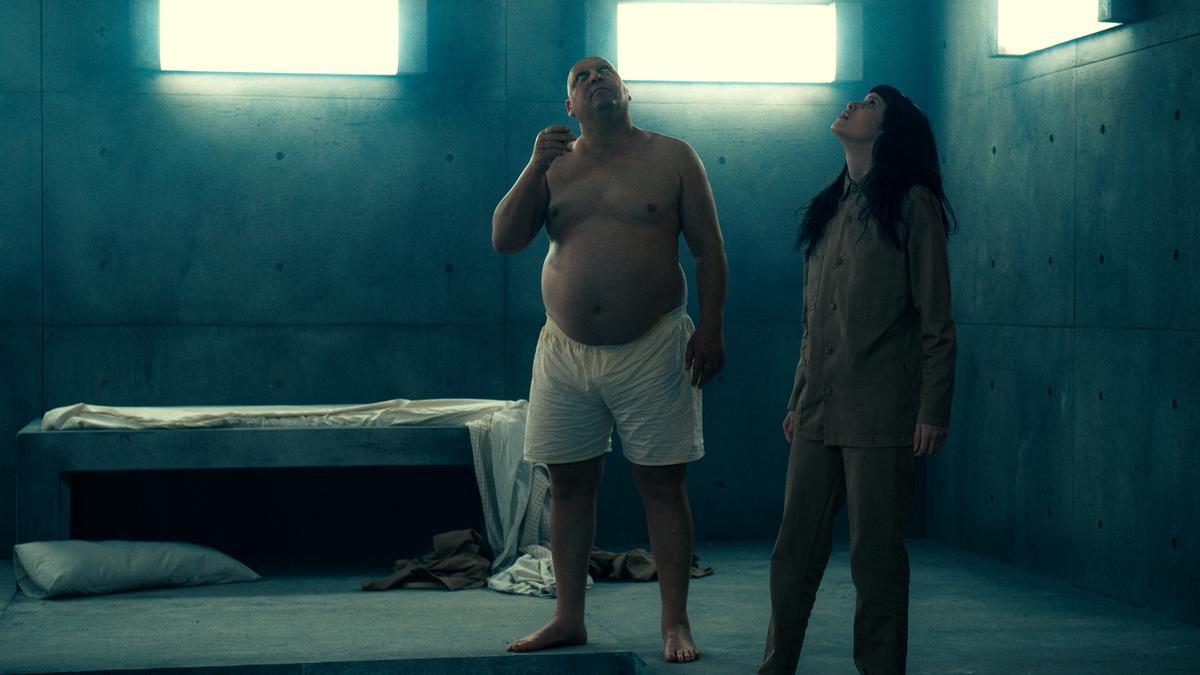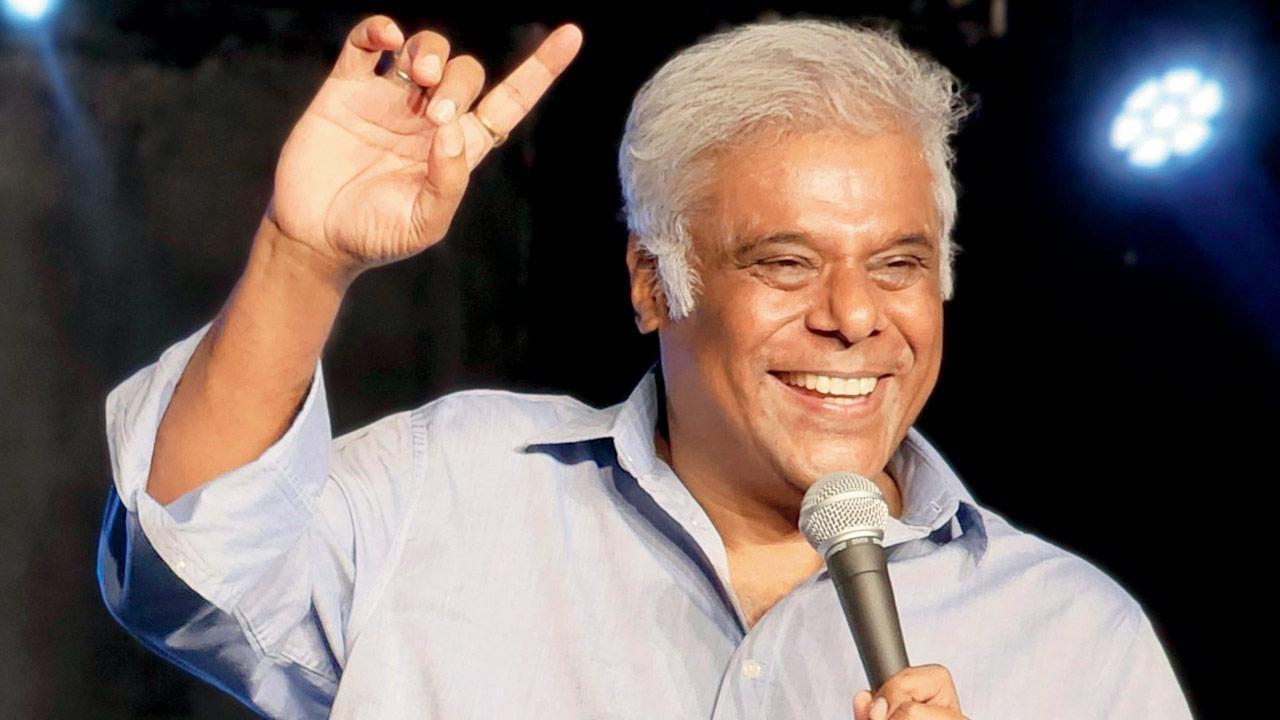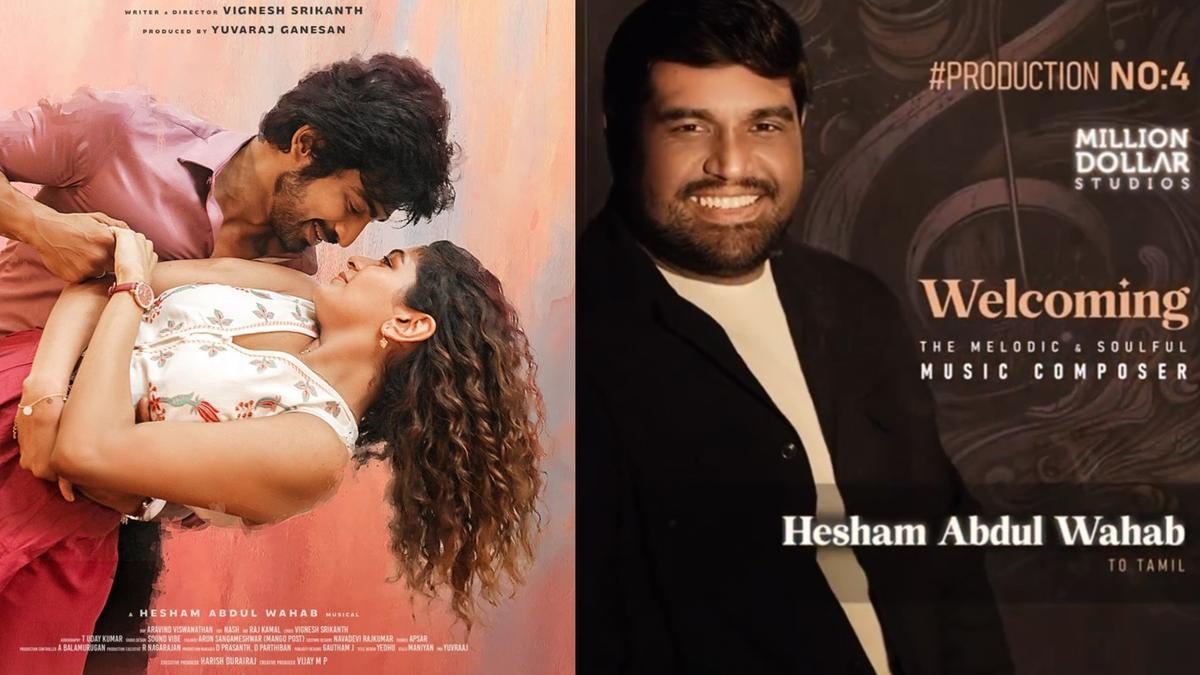
In a cinematic landscape abundant with sequels, it seems every new release attempts to capture the brilliance of its predecessor. Unfortunately, most find themselves shadowed by the original’s success. One such entry is Netflix’s much-anticipated Spanish dystopian thriller, The Platform 2. Rising to prominence during the pandemic, the first film of the series enthralled audiences with its cryptic themes and eerie atmosphere. It depicted life in a ‘Vertical Self-Management Center’ where residents are subjected to a grim social experiment. In this system, a platform laden with food descends from the upper levels of the complex, with each subsequent level receiving less. The chaos that ensues starkly mirrors the societal ills of inequality and survival.
The Platform 2, however, takes a deeper dive into the mythology established by its predecessor. Unlike typical sequels that offer a recap to ease viewers into continuity, The Platform 2 wastes no time, thrusting the audience immediately back into its harrowing environment. In its effort to expand on the rich lore, the film introduces an organized, albeit flawed, system to manage the chaos within the floors. Inmates are allowed to choose their favorite meals, which they’re then expected to consume or exchange with consent. This structure, while seemingly more humane, soon unveils its instability as rules are broken, prompting audiences to question the very system in place.
Retaining its franchise’s distinct elements, The Platform 2 keeps up the intense pace that defined the original film, swiftly moving through its narrative to mitigate potential stagnation from the limited setting and cast. In true form, the film doesn’t shy away from heavy-handed symbolism, reinforcing its exploration of real-world social issues. Characters such as Perempuan (played by Milena Smit) and Zamiatin (portrayed by Hovik Keuchkerian) witness the breakdown of this symbolic society, ultimately finding themselves entangled in the chaos. They uncover the existence of ‘the anointed ones,’ individuals who have supposedly encountered the mysterious Master and are charged with preserving the system’s integrity.
.
The sequels’ deep-seated allegories extend into religion, often drawing blatant parallels with Christianity. Frequent references to the Master as a messianic figure and sequences resembling biblical imagery, like the recreation of The Last Supper, solidify this thematic direction. Adding layers to this symbolism, the film is set in a facility with 333 levels and 2 prisoners, subtly gesturing towards the notorious number 666, further deepening the film’s metaphorical narrative.
The transformative journey of Perempuan, from an outsider to a devout enforcer and finally a rebellious figure, offers a glimpse into the creativity of the filmmakers. This internal conflict highlights their capability to craft intricate story arcs. Intriguing details emerge, such as her cellmate discussing imaginary numbers, which, through the progression of the plot, become her imaginary friend. The storyline subtly mirrors her life outside the facility, where art imitates life in the film’s closing scenes.
Nevertheless, The Platform 2 falls short in capturing the emotional resonance of its predecessor. The film traverses its best moments too swiftly, with secondary characters fading in and out, making it challenging for viewers to form meaningful connections. Unlike the compelling narrative of Goreng from the original film, the sequel struggles to humanize its characters, rendering their motivations for resisting primal urges less compelling. The depiction of the loyalists’ resolve to preserve order through violence diminishes from the more nuanced psychological exploration that distinguished the first installment.
The Platform 2, like many contemporary sequels, grapples with justifying its existence, akin to the diminishing levels of food reaching the final floors in the fictional system. Its English dubbing does little to enhance the experience, lacking the vitality and richness of the original. Where the first film offered a complex, immersive buffet of ideas, its sequel feels constrained, leaving viewers yearning for more.
Now streaming on Netflix, The Platform 2 challenges viewers to navigate its labyrinthine depths of themes and messages, while grappling with whether its intricate symbolism truly resonates. Published on October 05, 2024, it remains a fascinating, albeit convoluted, addition to the world of dystopian cinema.










